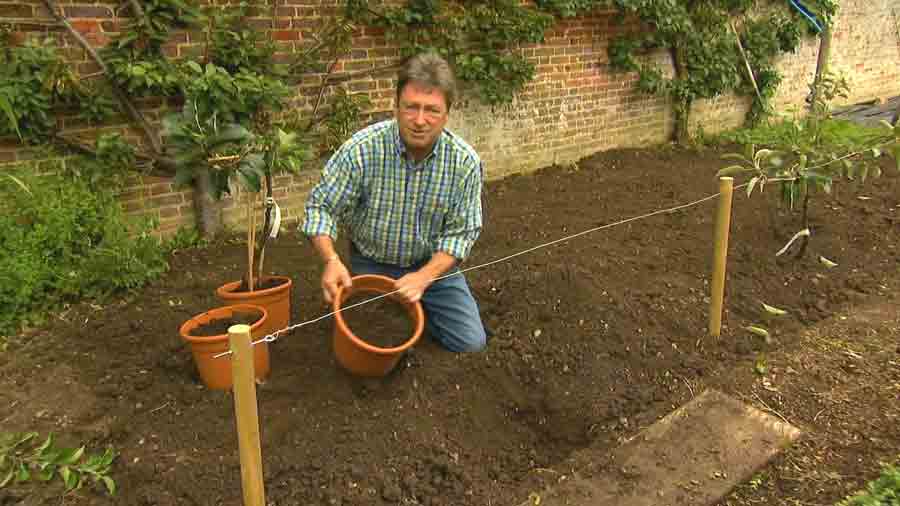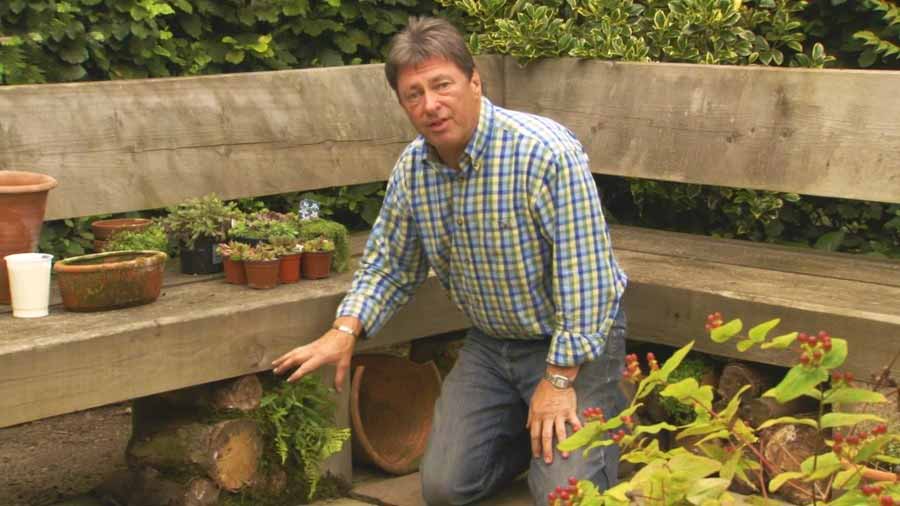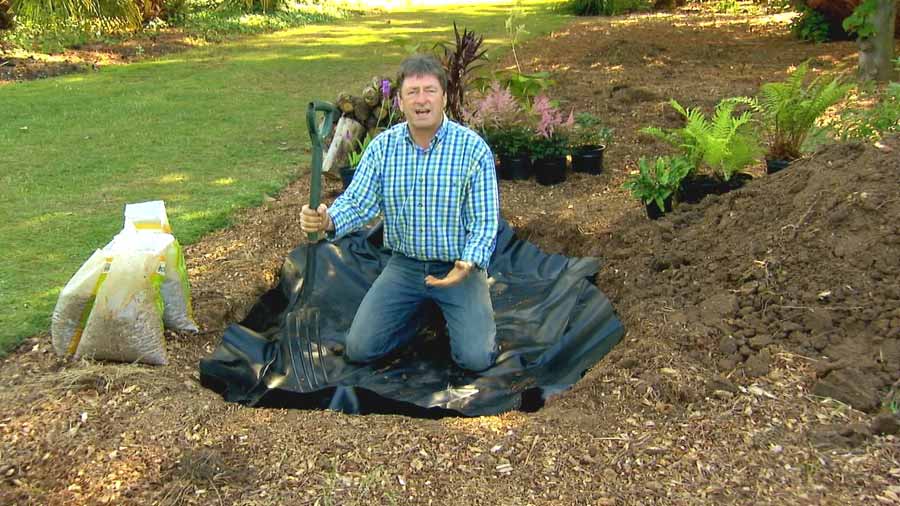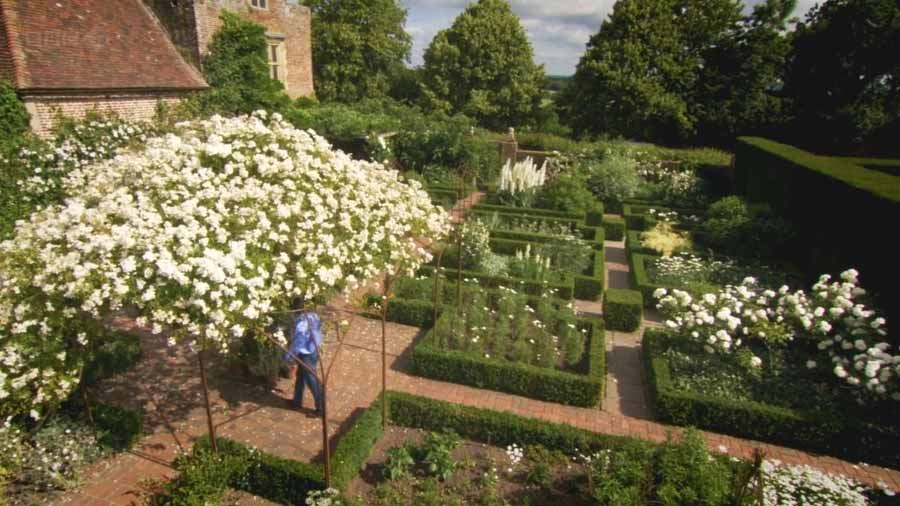Alan Titchmarsh’s Garden Secrets – 17th Century: explores Britain’s great gardens. Here, he visits Hatfield House to look at the key design features of the gardens of this 17th-century stately home.
Alan Titchmarsh presents a stunning series that reveals the amazing secrets behind Britain’s great gardens, examining how they continue to influence gardeners, including himself, today.
Alan Titchmarsh’s Garden Secrets – 17th Century episode 1
In the first episode, Alan visits Hatfield House in Hertfordshire to look at the key design features of the gardens of this 17th-century stately home. This was a time when horticulture and architecture worked seamlessly together and Hatfield reflects this new love of the aesthetic. Alan examines the famous parterres, which are some of the first examples of Britain’s affection for formal gardening, and shows how the parterre has been brought into the 21st century by designer Tom Stuart-Smith with his designs at Broughton Grange in Oxfordshire.
Alan also looks at the use of perspective, which at Hatfield makes the driveways seem bigger, and changes how the garden is seen from different points of view. He looks at a French import, espaliers, that have been used to stunning effect in Hatfield, and shows how these have changed the way we contort trees in our garden, including his own tip on stepover apple trees.
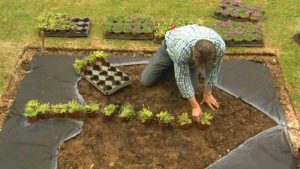
Plus, he reveals how our affection for topiaries began in gardens such as this, where they were originally seen as architectural forms complementing the design of the house. Alan shows in his own garden that you don’t need to plant hedges to achieve this, creating a portable sedum cube.
Hatfield House
The Gardens, covering 42 acres (170,000 m2), date from the early 17th century and were laid out by John Tradescant the elder. Tradescant visited Europe and brought back trees and plants that had never previously been grown in England. The gardens included orchards, fountains, scented plants, water parterres, terraces, herb gardens and a foot maze. They were neglected in the 18th century, but restoration began in Victorian times and continues under the present Dowager Marchioness of Salisbury.
During World War I, the grounds were used to test the first British tanks. An area was dug with trenches and craters and covered with barbed-wire to represent no man’s land and German trench lines on the Western Front. To commemorate this, the only surviving Mark I tank was sited at Hatfield from 1919 to 1970 before being moved to The Tank Museum, Bovington.
The Rhodesian Light Infantry Regimental Association has placed its ‘Troopie’ memorial statue on the grounds of Hatfield House due to the long association of the Cecil family with Southern Rhodesia. Around its base is a roll of regimental members (‘troopies’) who fell in the Rhodesian Bush War and several inscriptions, including ‘In reconciliation and hope for future peace in Zimbabwe’.
